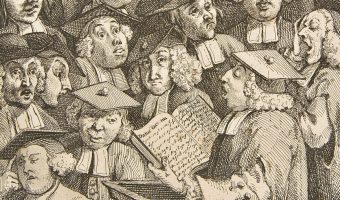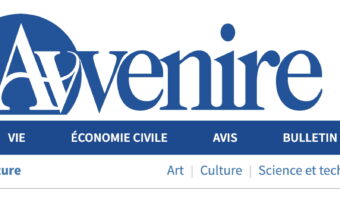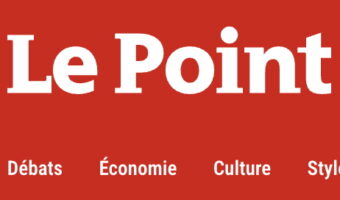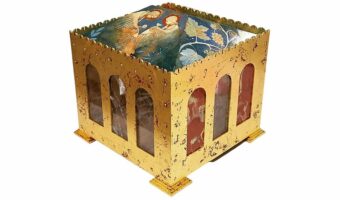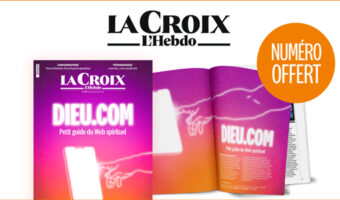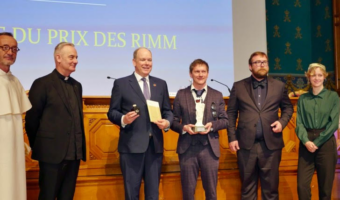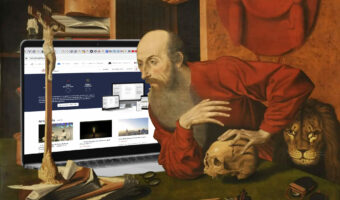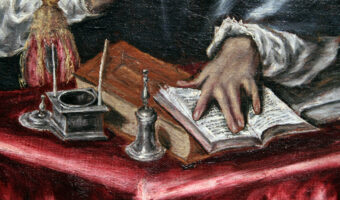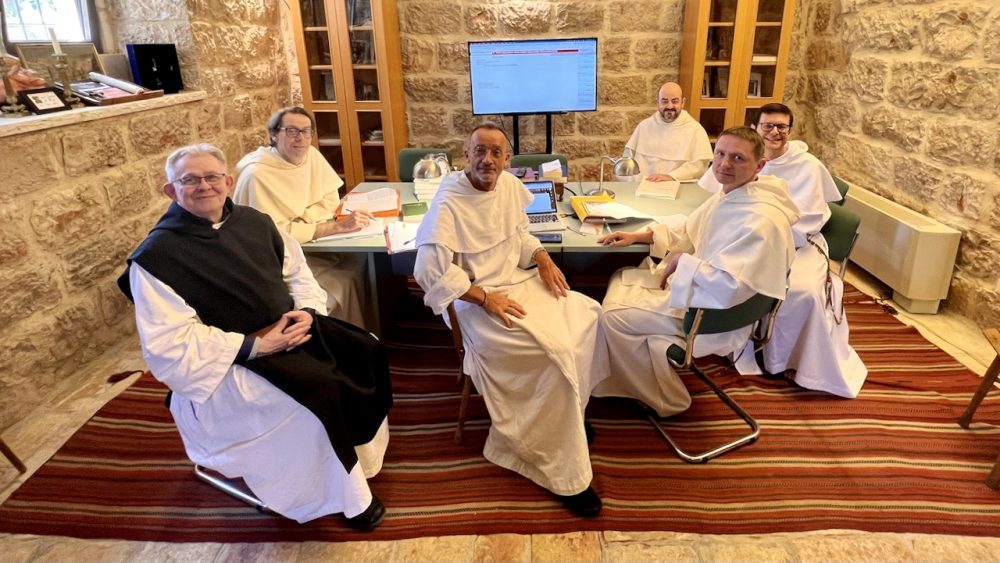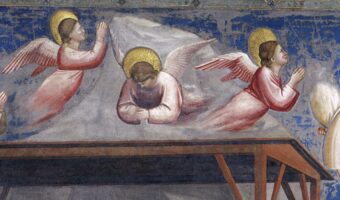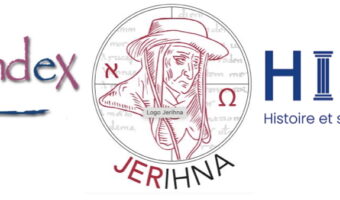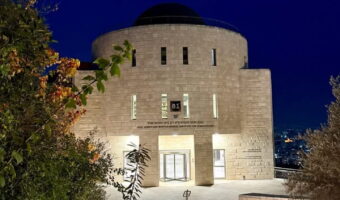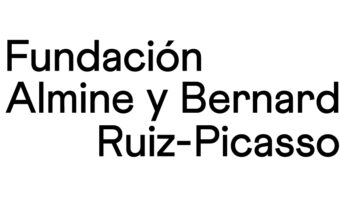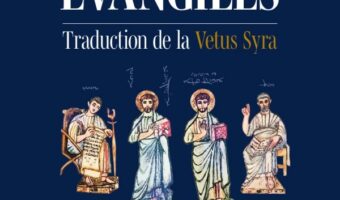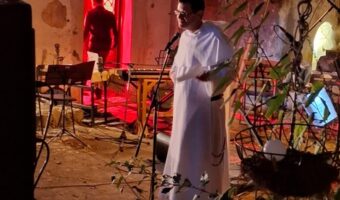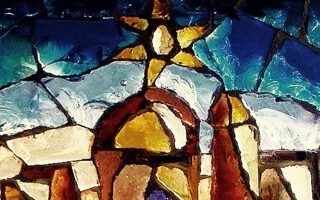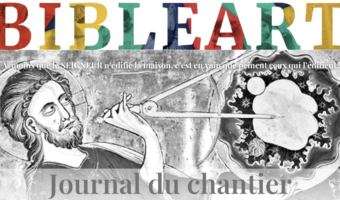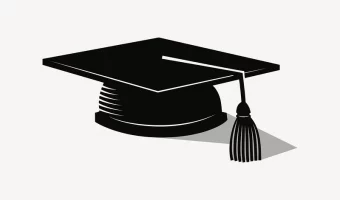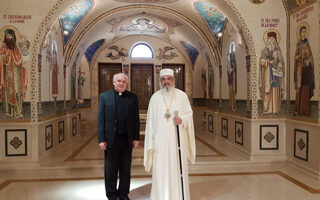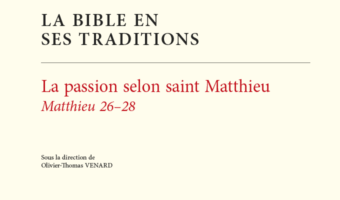Gratitude
Last Fall, we were enchanted to learn that our request for a « Biblical Scholarship and Biblical Literacy Promotion Grant » had been accepted by the Confraternity of Christian Doctrine. The goal was to bring together in Jerusalem young American Biblical Scholars in order to edit —together with members of our Editorial Committee— the entire book of Jonah.
Mission accomplished!
The session began on the 27th of June at the office of the « BEST » in St. Stephen priory.
- The main contributors present were: Dr. Isaac Alderman, Erik Trinka (PhD cand.), and Rev. Dr Jordan Schmid; Rev. Erik Wagner (PhD cand.) could not make it, but as all the other members of the team had participated in the translation and submitted many notes in the weeks before.
- The team benefitted also of contributions by Dr. Angela Parchen Rasmussen (Literature), Hannah Stork (Syriac), Dr. Maureen Attali (History and geography), Rev. Dr. Olivier Catel and Sr. Agnès de la Croix (Jewish tradition), Rev. Jorge Vargas-Corvacho (Ancient Texts), prof. R. Boisclair (Liturgy).
On the part of the Ecole Biblique, the work was directed by Rev. Dr. Olivier-Thomas Venard (exec. dir.) and Rev. Dr. Łukasz Popko (dir. of the Editorial Committee) and maintained by Rev. Dr. Kevin Stephens (IT developer of Bibletraditions.org).
We promised our funders that all the translations and notes produced during this project would be made available to the public as soon as possible:
You may read, watch and listen to them (yes, they include some video and some music!) GO TO : https://bibletraditions.org/, choose ENGLISH, and call for Jonah !
In Detail
The working days were beginning at 9 am and lasted until 7 pm, with one long lunch break. Usually, there was one meeting at the beginning of the day to distribute the work and discuss arising questions. By the end of each day, another longer meeting allowed for evaluation of the progressing work.
In Our Jerusalem Office
The physical presence of the collaborators has proven to be irreplaceable to form them in the formatting, analytical style, and grasping the particularities of our annotated Bible.
- The first two days were consecrated to establishing the final form of our translation, one which would be acceptable for all. Most of our work consisted of rereading, corrections, creating or enhancing the notes, and introducing the cross-references.
- During the last two days of the seminar, we were able to discuss our views about Jonah and produce our synthesis, that is, our « Suggestions for reading » for each pericope and for the book of Jonah as a whole. This was admittedly the most inspiring and pleasant task of our common sessions. Also at this stage, the main sections for the general introduction of the book were composed.
On the Mediterranean Coast
We have spent two Sunday out of the office traveling to the sites on the coast of the Mediterranean to take advantage of the Land of the Bible.
The first Sunday took us to Tel Arsuf-Apollonia and Jaffa (besides Nineveh, the only other city mentioned in Jonah).
The second Sunday was more intensive and was consecrated in particular to the maritime archaeology.
- We were guided in the Phoenician ports, Tel Dor and Tel Shikmonah, by Prof. Carolina Aznar, archaeologist of the American University in Madrid, who specializes in the maritime sites of the region.
- The second important point of that day was a lecture on the maritime archaeology. At the Hecht Museum in Haifa, Prof. Emmanuel Nantet, another local researcher presented us Ma’agan Mikhael, the best-preserved ship from the Persian period.
 Prof. E. Nantet explaining to our Jonah Team the Ma’agan Shipwreck, Museum of the University of Haifa
Prof. E. Nantet explaining to our Jonah Team the Ma’agan Shipwreck, Museum of the University of HaifaWhile our preliminary publication is already available online, we shall continue working until October. Then we shall start the editing in view of the printed edition in our Series at Peeters in 2020 or 2021.










